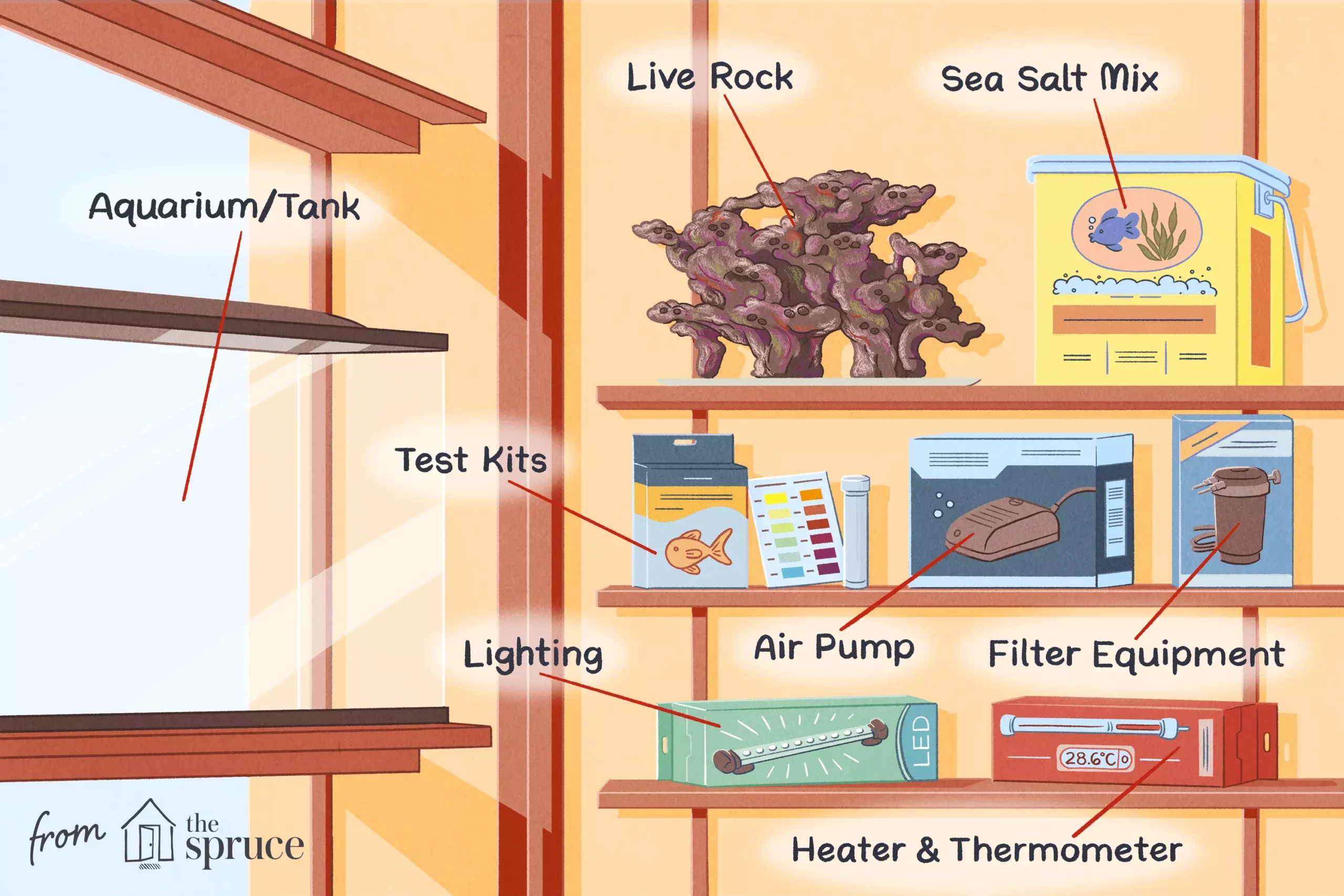Creating a flourishing aquarium can transform any space into a vibrant ecosystem. However, before immersing yourself in this captivating hobby, it is crucial to approach the setup process thoughtfully. From choosing the tank to selecting the right equipment, understanding these elements ensures your aquarium not only looks beautiful but thrives as well.
Choosing the Right Tank Size
The first step in your aquarium journey is selecting the right tank size for your available space. Assess your intended location carefully; this might be a living room, office, or any corner that can accommodate an aquarium without overwhelming the surrounding area. Fortunately, there is a broad spectrum of tank sizes and designs available, allowing flexibility in your choice.
For those new to aquatics, smaller tanks like nano aquariums serve as a manageable starting point. These tanks usually come as part of a kit, simplifying the acquisition process by including necessary accessories such as filtration and lighting. For more experienced aquarists or larger settings, mid-size tanks ranging from 20 to 50 gallons can work beautifully. If room permits, you might opt for a large show-size aquarium that becomes a centerpiece in your home.
Once you have selected the tank, focus on the essential equipment that will ensure your aquatic inhabitants thrive. Many aquarium kits provide a comprehensive package of supplies tailored to the tank’s needs. However, if you are purchasing items individually, keep in mind the costs and compatibility.
Filtration is a critical component of any aquarium setup. The choice of filter can have significant impacts on the health of your tank ecosystem. Various types of filters are available, including canister filters, hang-on power filters, and wet/dry systems. Each of these has unique advantages, so understanding how they operate can steer you toward the best choice for your specific setup.
Moreover, proper lighting is indispensable, particularly if you plan to host live plants or corals. LEDs have emerged as popular options due to their efficiency and longevity, but ensure they meet the requirements of the type of tank you’re creating, whether a freshwater, fish-only, or reef system.
Identifying the Ideal Substrate
Substrate is much more than merely decorative; it plays a significant role in the tank’s health. The type of substrate you choose should align with your fish and plant choices. Heavier substrates work better for tanks with strong water currents, preventing displacement, while porous materials may enhance biological filtration.
For those incorporating live rock in a marine environment, having the right substrate is critical as it can serve as a habitat for beneficial bacteria that help maintain water quality. Take care to match your substrate selection with your tank’s intended ecosystem to foster a stable environment for your aquatic life.
When starting, consider the fish or invertebrates you wish to keep in your aquarium. This choice not only affects the tank’s aesthetic but also influences other decisions, such as filtration, water parameters, and tank companions. Researching various species is vital, particularly regarding compatibility and habitat needs.
Creating voids for hiding and breeding becomes essential if introducing territorial species. Utilizing decorations and plants provides ample shelter for your fish, promoting their well-being and helping to mitigate aggression.
Monitoring and Maintenance
Keeping track of your aquarium’s health involves regular monitoring and maintenance. A logbook can be beneficial in noting water parameters, cleaning schedules, and changes in stock. Observing your tank regularly allows for the early detection of any potential issues, ensuring a quick response to threats like algae blooms or disease outbreaks.
Investing in quality testing kits for water quality is essential to maintain the delicate balance in your aquarium’s ecosystem. Regular checks will ensure that parameters such as pH, ammonia, and nitrite levels remain within safe ranges, fostering a healthy aquatic environment.
Setting up an aquarium requires thoughtful preparation and understanding of various components to create a thriving aquatic habitat. By selecting the right tank, equipment, substrate, livestock, and maintaining rigorous monitoring practices, you can ensure that your aquarium becomes a jubilation of life and beauty, captivating those who behold it.

